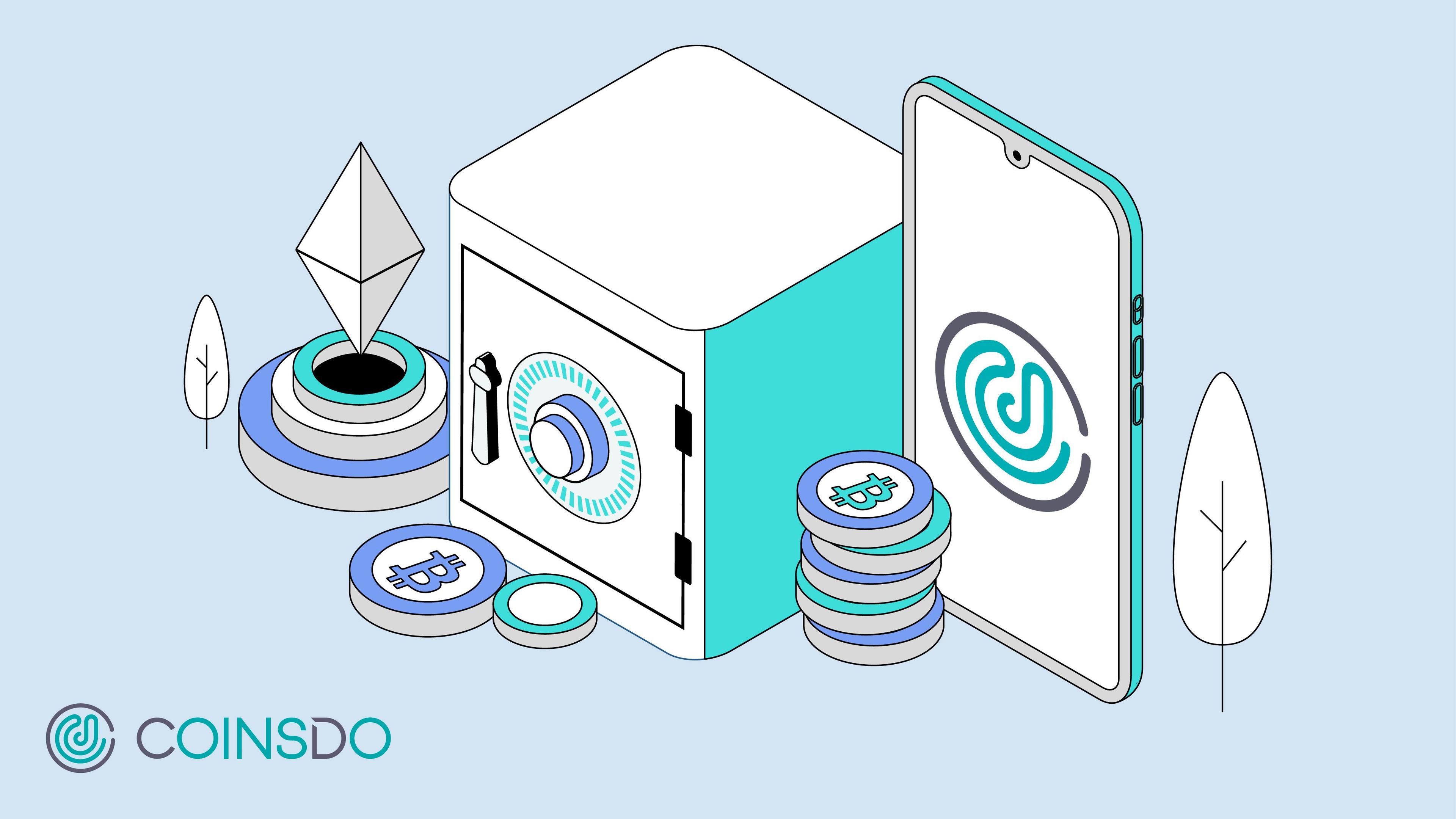
6 min read
Breaking Down Crypto Asset Custody Fees for Institutions in 2025
In the rapidly evolving world of cryptocurrency, the role of a reliable and secure custodian has never been more critical. As businesses and individual investors alike navigate the complexities of digital asset management, understanding the cost associated with these services is paramount. Crypto custodians, pivotal in safeguarding digital assets, employ various fee structures to align with the diverse needs of their clients. In this blog post, we'll delve into the three most common ways crypto custodians charge their clients.
From Asset Under Management (AUM) fees, favored for their straightforward approach, to the more common subscription model favored for their flexibility, each model presents its unique advantages and considerations. Whether you're a seasoned crypto investor or a business exploring digital asset custody, comprehending these fee structures is essential for making informed decisions. Join us as we unpack these models, providing clarity and insight into the world of crypto custody fees.
#1 Asset Under Management (AUM) Fees
The Asset Under Management (AUM) fee structure is a common approach in crypto asset custody, where custodians charge a percentage of the total value of the digital assets they manage for a client. This fee is typically calculated annually but billed monthly or quarterly, providing a straightforward and predictable cost for clients.
Pros
Predictability: The AUM fee model offers a predictable expense that correlates directly with the value of the managed assets, making financial planning easier for clients.
Simplicity: It simplifies the fee structure, as clients don't need to track individual transaction fees or other miscellaneous charges.
Alignment of Interests: This model can align the custodian’s interests with those of the client, as the custodian's revenue grows with the client's asset value.
Cons
Cost Efficiency: As the asset value grows, the fees increase, which may not always reflect the level of service or effort required by the custodian.
Less Ideal for Active Traders: Clients with high transaction volumes might find this model less cost-effective compared to transaction-based fees.
List of Companies that Charge AUM Fees
Coinbase Custody: Known for its comprehensive custody services, charging based on the assets under management.
BitGo: Offers institutional-grade custody with AUM-based pricing.
#2 Subscription Fees
Subscription fees typically involve a regular, recurring payment (monthly or annually) that grants access to a predefined set of services or features. Clients receive access to a standard set of features, which are included in the subscription cost. More specialized or advanced features are not included in the basic package and require additional fees. This can lead to a tiered service structure where the base subscription is just the starting point.
Pros
Lower Initial Cost: Subscription fees often have a lower initial cost compared to all-inclusive models, making them accessible to a wider range of clients. Regular, smaller payments can also be more manageable as opposed to a significant monthly or annual fee.
Predictability: Regular payments mean predictable costs, aiding in consistent financial planning.
Adjustable to Needs: Clients can start with a basic package and add more services as their needs grow, allowing for scalability. There is also flexibility to customize the service package by adding specific features that meet unique client needs.
Cons
Potential for High Cumulative Cost: Essential services not included in the basic package can significantly increase the overall cost, as each add-on incurs an additional fee. Over time, the total cost, including add-ons, can exceed that of a flat fee model, especially if many additional services are required.
Limited Features: The basic package might lack advanced features that are necessary for some clients, necessitating further investment in add-ons.
Complexity in Budgeting: As clients add services, the monthly cost becomes variable, complicating budgeting and financial forecasting. Keeping track of various add-ons and their respective costs can also become administratively burdensome.
List of Companies that Charge Subscription Fees
Unchained Capital: Provides a subscription-based model for their custody services, catering to clients who prefer a flat, predictable fee.
CoinsDo: Provides a subscription-based model for their custodial solutions. The client holds the private keys and configures the solutions to their own unique needs with the assistance of CoinsDo.
Final Thoughts
Navigating the landscape of crypto custody fees can be a complex task, but understanding the different fee structures available is crucial for making informed decisions. Whether it's the Asset Under Management (AUM) fees or subscription fees, each model offers its unique set of advantages and challenges. AUM fees are ideal for those seeking a fee structure that scales with their asset value, while transaction fees are more suited to clients with variable transaction volumes. On the other hand, subscription fees offer simplicity and predictability, especially beneficial for clients who prefer a flat-rate model.
Ultimately, the choice of a custodian should be based on a careful assessment of their fee structures, security measures, reputation, and the additional services they offer. By doing so, investors and businesses can ensure that they choose a crypto custody solution that provides the right balance of cost, security, and convenience, tailored to their unique needs in the dynamic world of digital assets.



